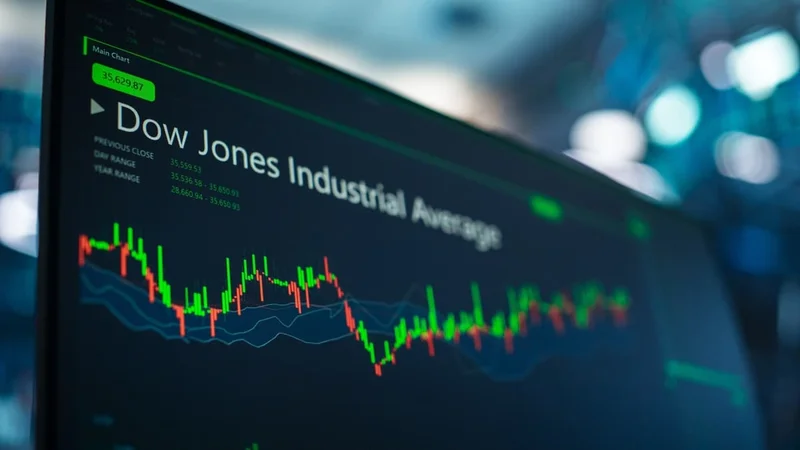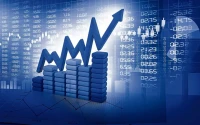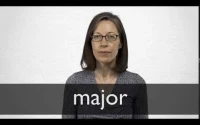You’re standing at a strange intersection. In one direction, the halls of government in Washington D.C. are dark, locked down by the `federal government shutdown 2025`. The usual hum of bureaucracy has fallen silent. The monthly `jobs report unemployment` data, our traditional economic heartbeat, is missing. The government, for all intents and purposes, has its hands tied.
In the other direction, you see the dazzling, frantic lights of Wall Street. The `dow jones stock markets today` aren't just stable; they're hitting record highs. The ticker tape is a river of green. It’s a paradox that seems to defy logic. Why stocks keep hitting record highs in the middle of a government shutdown?
Most analysts will tell you the market is just "brushing off" the shutdown, that history shows these things are temporary blips. I think that’s a dangerously simplistic reading of what’s happening. When I first saw the headlines this week—records being broken amidst a data blackout—I honestly just sat back in my chair, a little stunned. This isn't a story about political squabbling. This is the story of a system being stress-tested in real-time and, in the process, revealing its own incredible, emergent evolution.
We’re not watching the market ignore a problem. We are watching it route around the damage.
Flying Blind, or Seeing with New Eyes?
The common refrain from economists is that without the Bureau of Labor Statistics, the Fed is “flying blind.” It’s a powerful image, but is it the right one? For decades, we’ve operated our entire economic machine based on these massive, slow-moving, gold-standard government reports. They are like the old, meticulously drawn nautical charts from the age of sail—incredibly detailed, painstakingly crafted, and by the time you get them, the coastline might have already changed.
Now, that chart has been locked away. And in its absence, we’re seeing a mad scramble for a new kind of navigation. Investors are turning to private data, like the payroll reports from ADP. The report on Wednesday, showing an unexpected drop in private sector jobs, sent a shockwave through the markets and immediately shifted bets on the Fed’s next move. This is fascinating. The official, government-sanctioned "truth" is gone, and a private, narrower version of it has stepped in to fill the void.

This is where we have to ask a bigger question. Is this just a temporary fix, a set of backup instruments we use until the main ones come back online? Or are we witnessing the birth of a fundamentally new way of seeing the economy? The economist Paul Donovan described private data as viewing the economy "through a keyhole." It’s a perfect description of its limits—it's narrow. But what if you had thousands of keyholes? Millions of them? What if you could synthesize all those narrow views into a single, cohesive, real-time picture?
That’s not some far-off science fiction concept. It’s what’s happening right now, under the surface of the `u.s. stock market today`.
The Market's New Nervous System
For years, I’ve been talking about the rise of high-frequency alternative data—in simpler terms, it’s about seeing the world not through monthly reports, but through a constant stream of live information. Think satellite images of retail parking lots to gauge shopper traffic, anonymized credit card transaction data to track consumer spending, or even linguistic analysis of corporate earnings calls to measure executive sentiment. This isn't just data; it's the raw material for a new kind of economic intelligence.
The `federal government shutdown 2025` has, quite accidentally, become the first major field test for this new system. While the old guard wrings its hands about flying blind, a new generation of data-driven funds and AI-powered analytics are building a completely different cockpit. They are synthesizing these disparate data streams into a mosaic that is, in many ways, more immediate and more granular than the old government reports ever could be—the speed of this is just staggering, it means the gap between an economic event happening and us understanding its impact is collapsing from weeks into minutes.
This is the real reason the market seems so calm. It’s not that it doesn’t care about the economy; it’s that it’s starting to build its own senses. It’s like a biological organism that, having lost its sight, is rapidly evolving its sense of hearing and touch to compensate.
Of course, this paradigm shift comes with its own profound set of challenges. We have to be thoughtful here. When the source of economic "truth" shifts from a public, accountable institution to a collection of private, proprietary algorithms, who is the arbiter? What biases are baked into these systems? A government report may be slow, but it comes with a methodology we can all inspect. A private algorithm is often a black box. Are we trading a slow, transparent system for a fast, opaque one? That's a question we can't afford to ignore.
The Signal Through the Static
So, what's the real story here? It’s not about a government shutdown. It’s about a system upgrade happening right before our eyes. The shutdown isn't the cause; it’s the catalyst that’s making a deep, underlying technological and informational shift visible to everyone. We are moving from a world of static, top-down economic snapshots to a world of dynamic, bottom-up, real-time understanding. The market isn't broken or irrational. It’s listening to a different song, a faster and more complex one, played on instruments we’re only just beginning to name. We're not flying blind; we're learning to see in a whole new spectrum of light.









